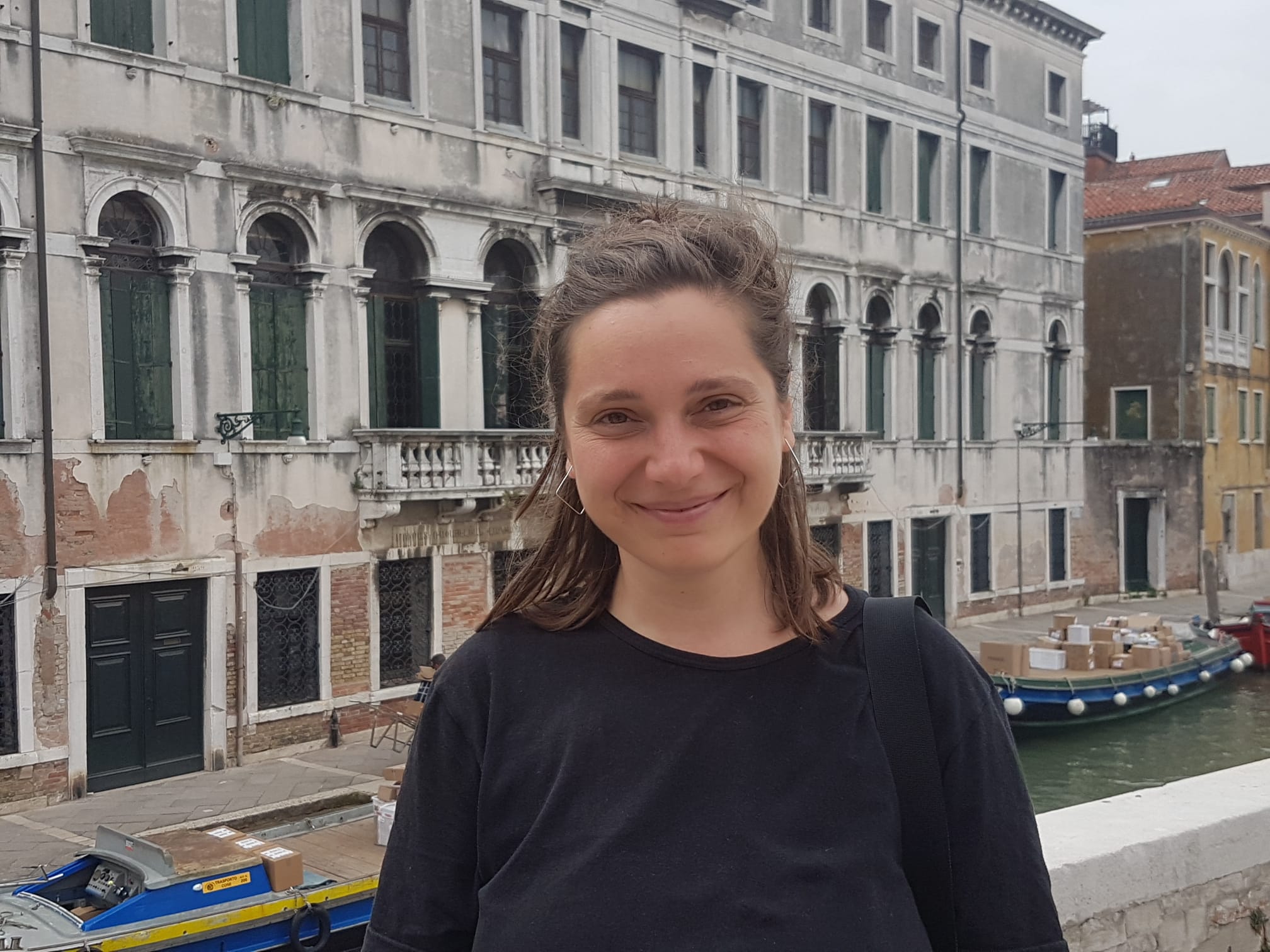Curator Practices of Care – Claudia Partac

‘I was born in post-revolution Romania, where the mouldy air of my childhood home blended with the atmosphere of a society caught between the sociopolitical structures of the communist past and the stunted move into a new democratic system.
After graduating fromthe University of Bucharest I moved to Amsterdam where I have been living since 2014. My experience in the world is shaped by my position as a Romanian immigrant in the Netherlands, as well as my disciplinary background in literary studies and cultural analysis. In my work I experiment with writing, artistic research, and curating as interrelated practices of cultural analysis. As my interest lies with humble objects that embody personal and collective narratives, I explore how those narratives are rendered (in)visible at different historical moments by individual and institutional agents. For the exhibition ‘How to care for who is no longer there’ (Sept.-Oct. 2022), I created a series of installations based on inherited communist memorabilia that register loss and transformation in post-communist Romania.
My exhibition was part of the ongoing artistic programme, ‘Practices of Care’, that I have been co-curating with Ester Eva Damen since September 2022. I first met Ester Eva at an ARRG (Artistic Research Research Group) lecture following the last lockdown in the Netherlands. Overhearing that the pandemic had slowed her gallery project, I asked whether she wanted a partner to revive it. Our ad-hoc collaboration began after a prolonged period of illness and stagnation when, in most cases, caring for each other counter-intuitively meant not touching, being apart, and finding ways of caring from and at a distance.
‘Practices of Care’ invites artists to explore themes of loss and intimacy while reflecting on uncaring practices that leave many outside official care systems. At the same time, it experiments with curation as an expanded field that goes beyond display and the opening event to include everything that surrounds it, from readings that feed into the work to conversations with artists and the public. In our selection of artists, we aim to create a network of care in a less competitive artistic environment, encouraging unfinished work that reflects on process and materials. We are currently working on a series of filmed interviews with the artists that will culminate in a printed publication.’